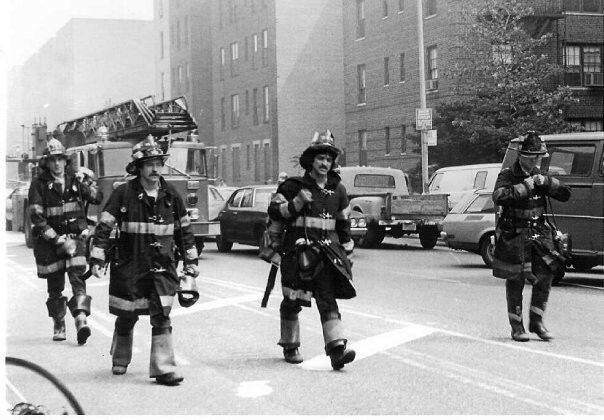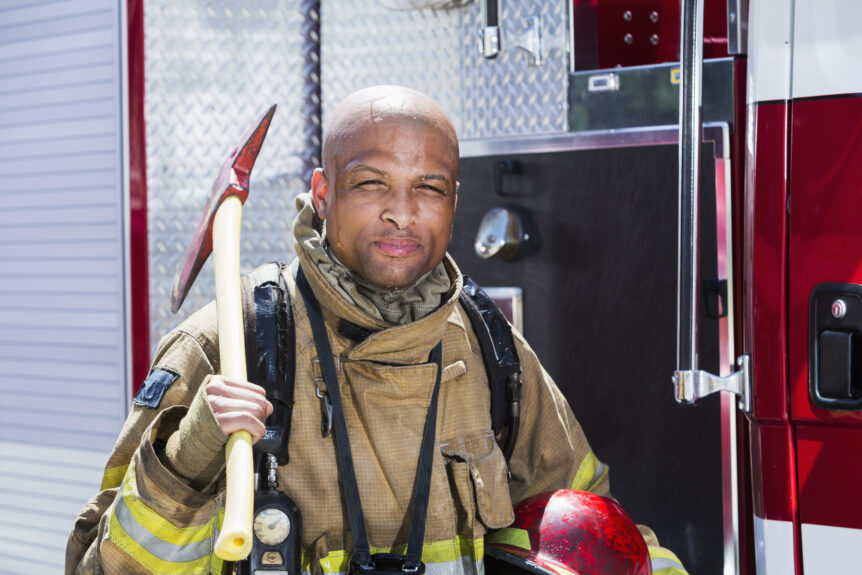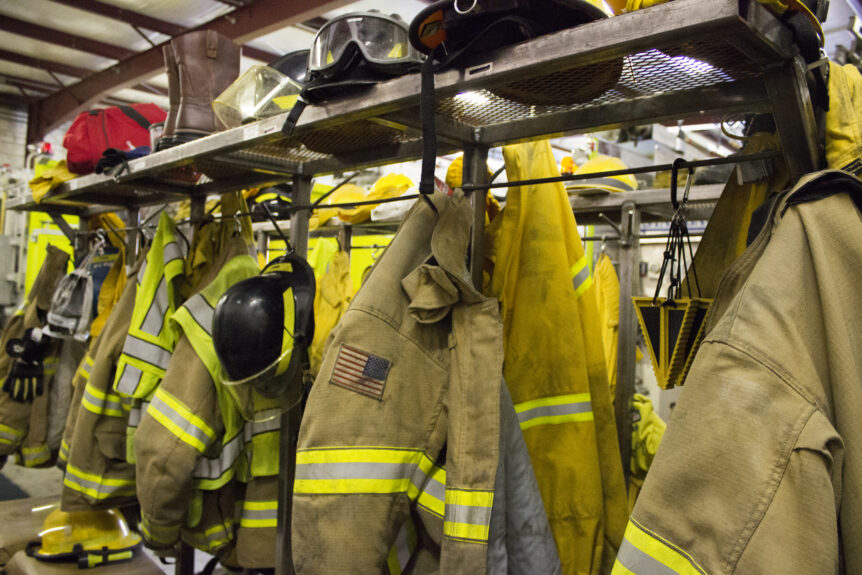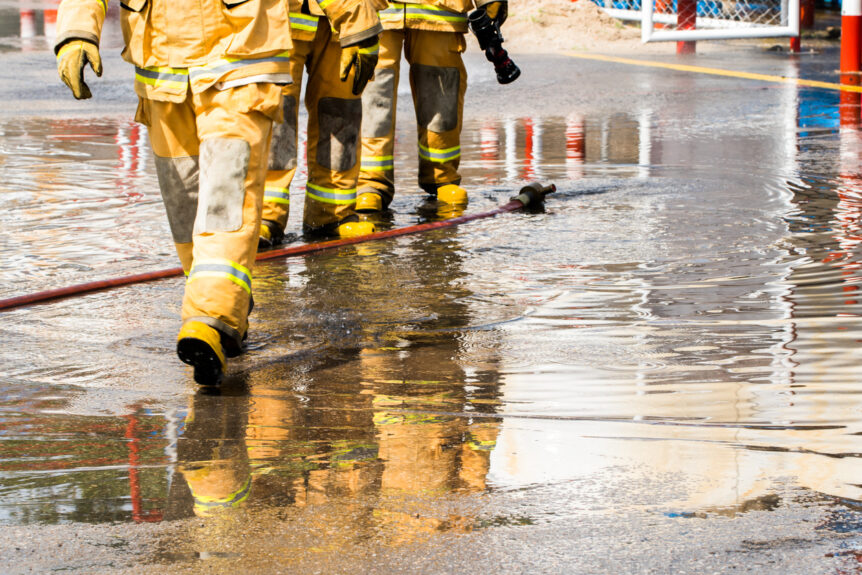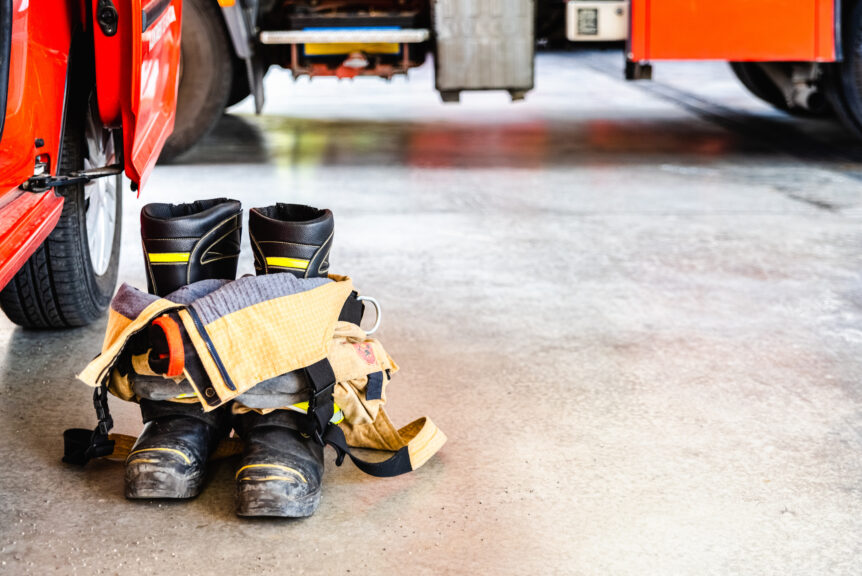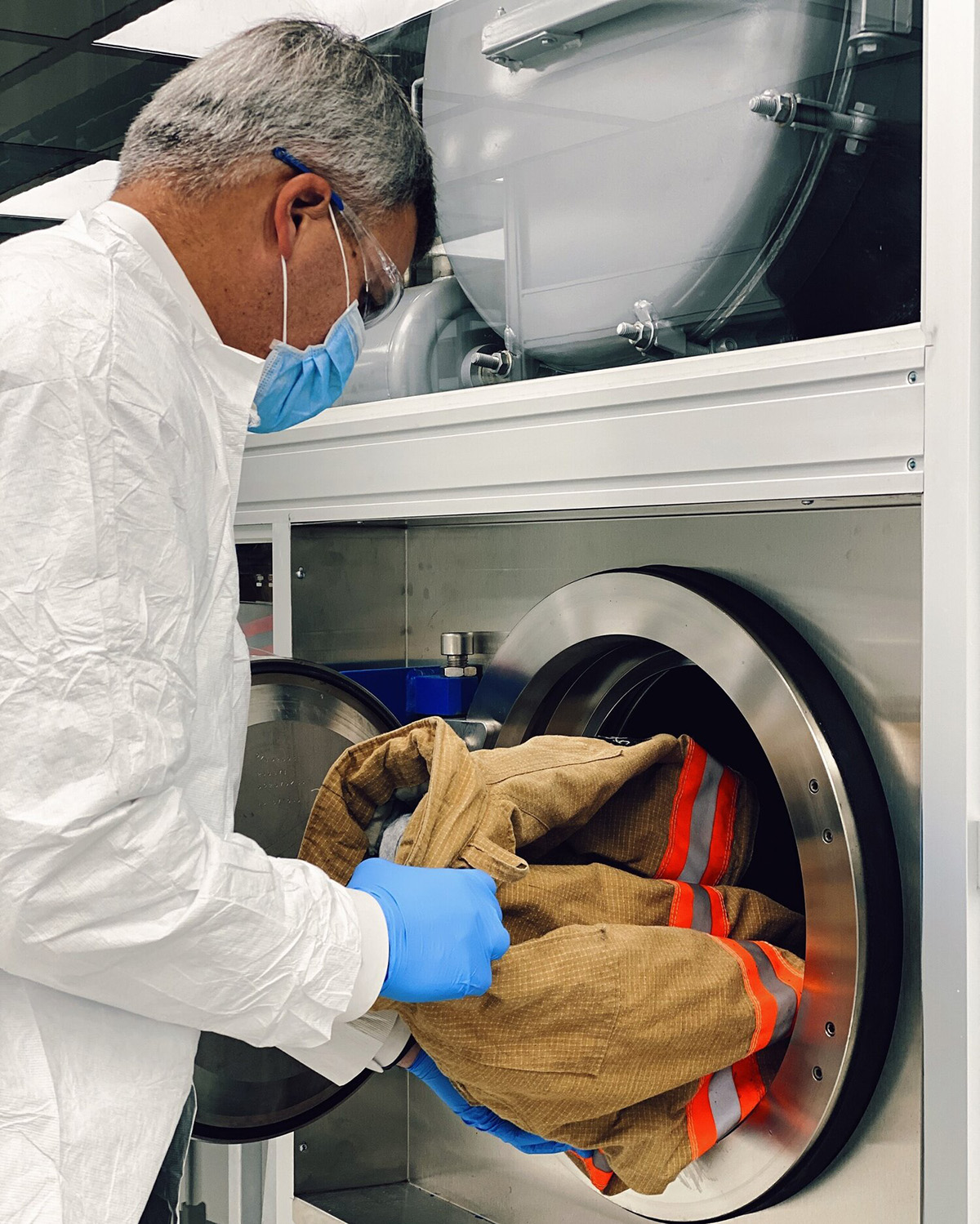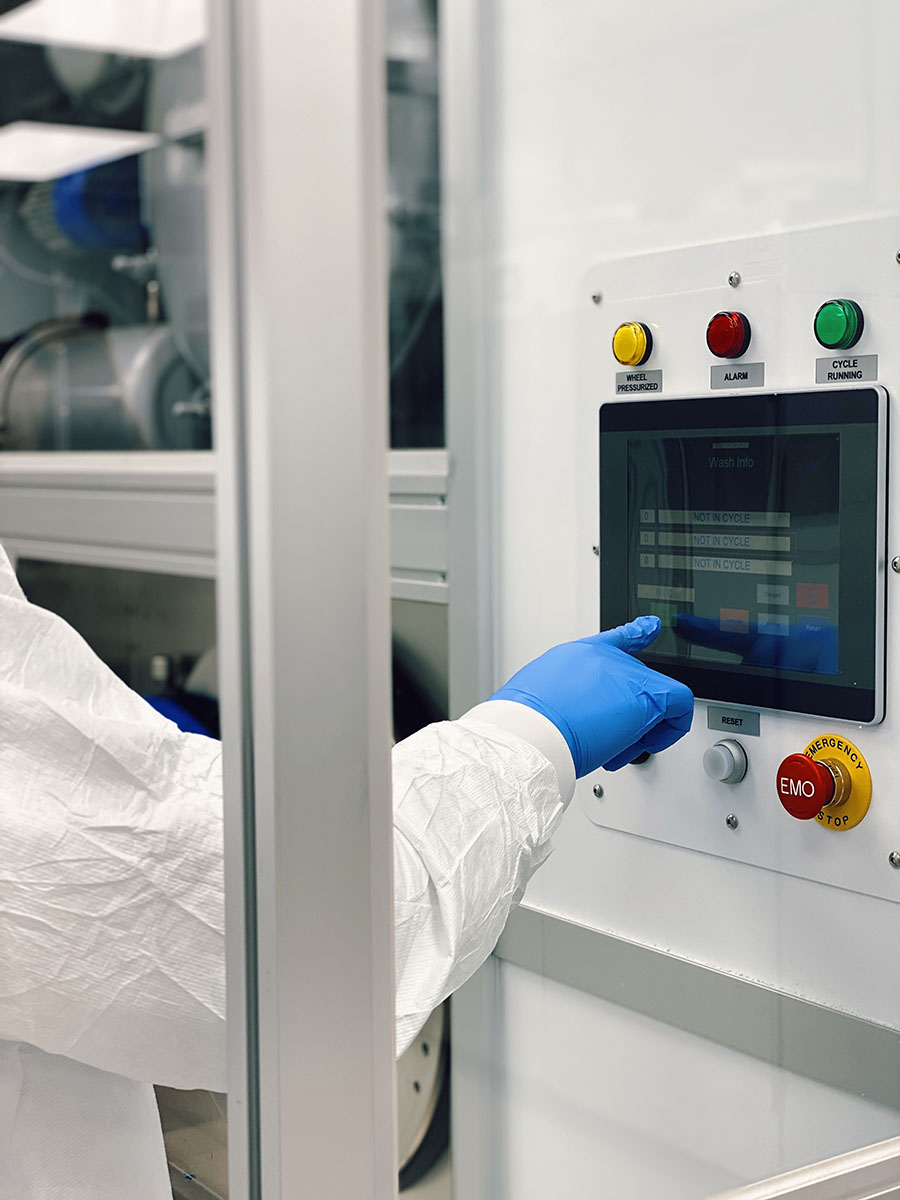Trace the history of bunker gear from leather helmets to high-tech PPE—and learn how advanced cleaning helps protect today’s firefighters.
The Growing Legal and Insurance Risks of Poor PPE Maintenance
How inadequate gear decontamination can lead to lawsuits, higher insurance costs, and workers’ comp claims.
Protecting The Skin You’re In: Skin Cancer Awareness Month
By: The Emergency Technical Decon Team One of the most dangerous threats firefighters face daily is also one of the least visible: prolonged exposure to carcinogens that affect the skin. May is Skin Cancer Awareness Month, a time to recognize one of the most overlooked aspects of firefighter safety—skin health. Skin is your first line of defense, and it deserves …
What Fire Departments Can Learn About PFAS Removal in Industrial Contamination
Learn how fire departments can reduce PFAS exposure by adapting decontamination strategies from industries with decades of chemical cleanup experience.
What Research Tells Us About Sweat & PFAS Absorption
How heat and perspiration accelerate exposure—and why clean gear matters more than ever.
Can Turnout Gear Ever Be Completely Free of Toxins?
Firefighter turnout gear can’t be toxin-free—yet. Learn how departments are minimizing exposure risks with safer materials and better cleaning.
Why On-Scene Gross Decontamination Isn’t Enough
On-scene decon removes surface soot, but toxic PFAS, PAHs, and VOCs linger. Learn why full-cycle turnout gear cleaning is critical for firefighter safety.
Firefighter Gloves and Hoods: The Overlooked PFAS Contamination Risk
Firefighting gloves and hoods carry high PFAS risks. Learn why full PPE decontamination, including soft gear, is critical for firefighter health.
Firefighter Cancer Screenings: What Every Department Should Be Doing
Early cancer screenings save lives. Learn how fire departments can prioritize health, improve protocols, and support firefighters facing cancer risks.
How PFAS Regulations Are Shaping the Future of Firefighter Safety
Liquid CO2+ cleaning removes toxins, preserves PPE, and outperforms traditional methods. Keep firefighters safer with proven decontamination.

